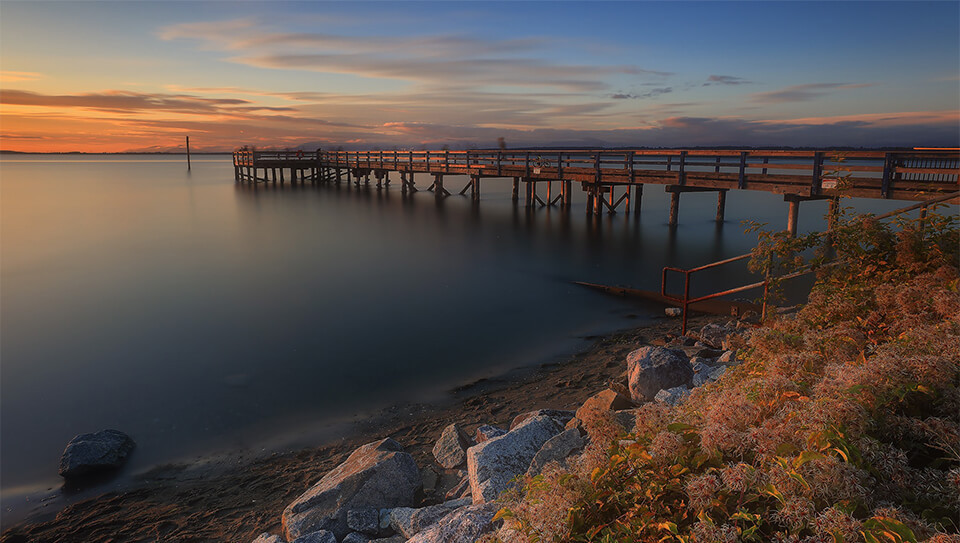I've been asked many times by customers on how or where to properly expose when doing landscape photography, There’s multiple ways to do it,The most common ones would be taking multiple exposures then blend them together using Photoshop or what other photographers would call “Exposure Blending” , or you do it the simpler way by going old school , by using actual filters.
There’s a lot of filters that you can use but the most common filters that Landscape Photographers use are Polarizing Filter (CPL), Neutral Density Filter (ND) and Graduated Neutral Density filters (GND):
Polarizing filters are used to either enhance or remove a reflection from the scene, it adds contrast and vividness to the final image.
Neutral Density filters act like sunglasses to the lens. You have the option to go for 3 stops, 6 stops, 10 stops or even 16 stops. The higher the number the darker it gets. There is a Variable Density Filter available where they would have 3-9 stops in one filter. Really good with Cinematographers but not so much with Landscape Photographers as they are designed for quick adjustments when lighting conditions change very rapidly.
And lastly, Graduated Neutral Density filters or what we call GND for short. It's a half dark half clear filter, usually a slide in filter. This is for me the most important filter for Landscape Photographers as this filter would balance your exposure. Most GND would be a slide in filter as you need this to align where the “dark part” of the filter would be to the overexposed area, usually the sky, and the “clear part” of the filter usually to the foreground element. GND filters come with different stops as well but most commonly used would be a 3 stop GND.
Sample Images without a filter and using combination of filters:
-

When you meter and set exposure to the sky, your foreground would be too dark.
-

When you meter and set exposure to your foreground, your sky would be blown out/ overexposed.
-

When you use a slide in a GND Filter, you can meter to your foreground and set your exposure to it, with the help of the Graduated Neutral Density Filter, it balances the exposure and you get a pleasing image.
-

Now that you have a balanced exposure, you can decide whether to add a ND Filter to make longer exposures.
What type of filters would be a good addition to your camera bag? Please let us know in the comment section :)
Happy Shooting!!
Paolo
Your Resident Photographer at Broadway Camera


